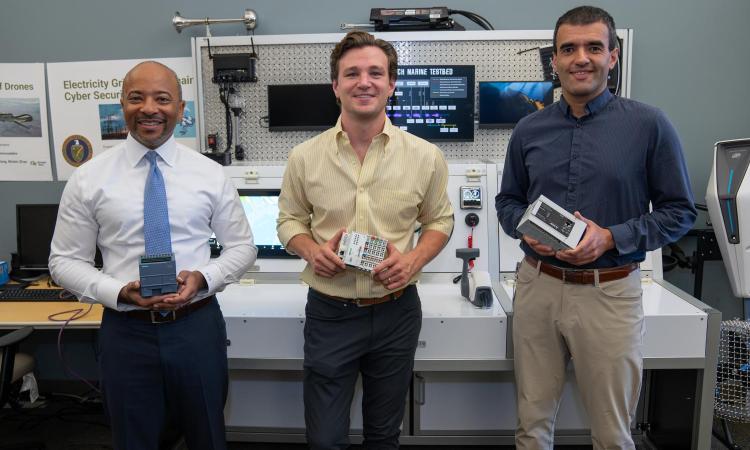Engineering dean and cybersecurity expert elevated to the highest level of membership in the world’s largest technical professional organization.
(text and background only visible when logged in)
Cybersecurity expert Raheem Beyah has been named a Fellow for the Institute of Electrical and Electronics Engineers (IEEE). Beyah is dean of the College of Engineering and Southern Company Chair at Georgia Tech.
Fellow status is the highest echelon of membership in IEEE, the world’s largest technical professional organization dedicated to “advancing technology for the benefit of humanity.”
Beyah was recognized for his work on detecting unauthorized devices on computer networks. His research focuses on securing cyber-physical systems — complex physical systems or processes that are controlled by software. This includes vehicles, 3D printers, and industrial control systems such as power generation facilities.

Beyah leads the Georgia Tech Communications Assurance and Performance Group (CAP). CAP develops algorithms that enable more secure network infrastructure, creating computer systems that are more accountable and less vulnerable to attacks.
Beyah also is cofounder and board chair of Fortiphyd Logic Inc., an industrial cybersecurity company.
A complete list of the Class of 2025 fellows is available on the IEEE site. The total number of new fellows elevated each year cannot exceed one-tenth of 1% of the total voting IEEE membership.
(text and background only visible when logged in)
(text and background only visible when logged in)
Related Stories

New Algorithm Identifies Increase in Critical Infrastructure Security Vulnerabilities
The study uncovered significantly more vulnerable systems worldwide than previously believed, underscoring the ongoing risks and the importance of advancing security measures to protect critical services from cyberattacks.

Critical Infrastructure Systems Are Vulnerable to a New Kind of Cyberattack
ECE researchers have found a way to hijack the computers that control systems such as power and water, which increasingly have embedded webservers and are accessed on site via web browsers. Attackers can exploit this approach and gain full access to the system.